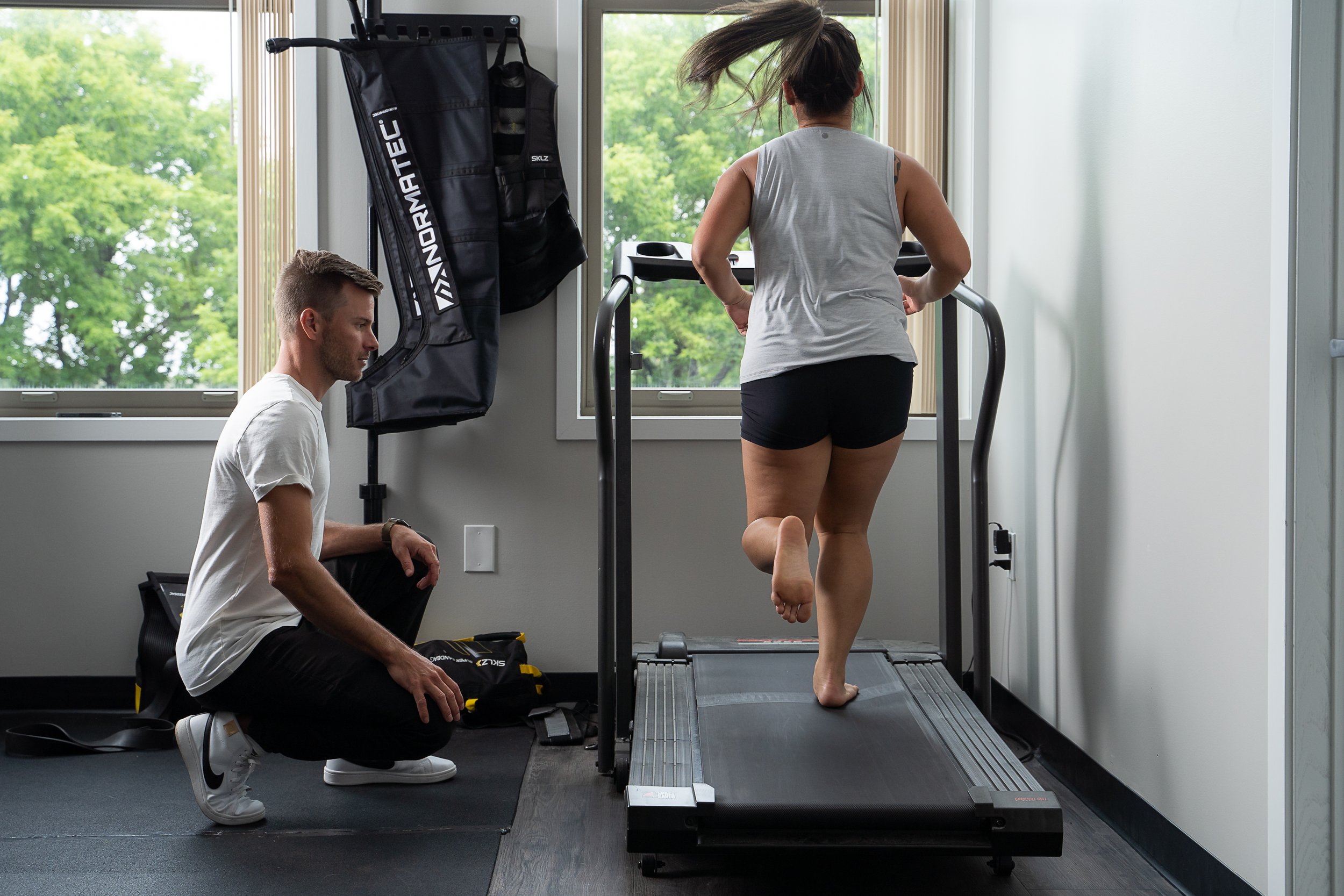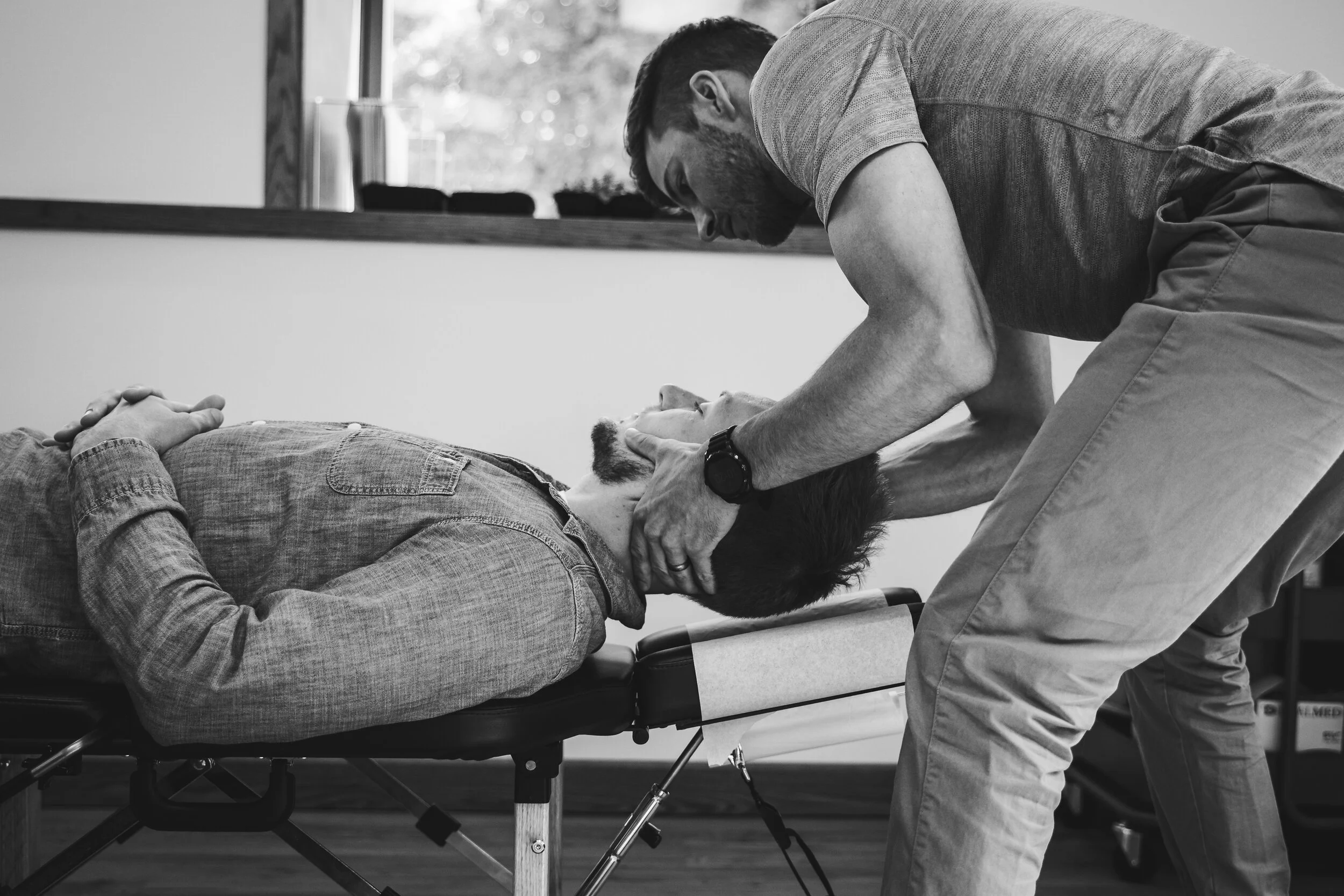Ever feel like your knee just doesn’t trust you anymore? One minute you’re running hills around Lake Minnetonka or crushing your WOD at the gym — and the next, your knee is barking like you’ve aged 40 years overnight.
Here’s the thing: your knee might not actually be the problem. It’s usually the victim of what’s happening above (the hip) or below (the ankle). At Minnesota Movement Chiropractic & Sports Rehab in Excelsior, we see this all the time — athletes, golfers, runners, and weekend warriors dealing with stubborn knee pain that keeps coming back no matter how much they stretch, foam roll, or ice it.
If that sounds familiar, you’re in the right place. We’ll help you figure out why your knee’s angry, fix the real cause, and get you back to doing what you love — pain-free and stronger than before.
(Spoiler: your knee will thank you, and so will your squat form.)
Read More





